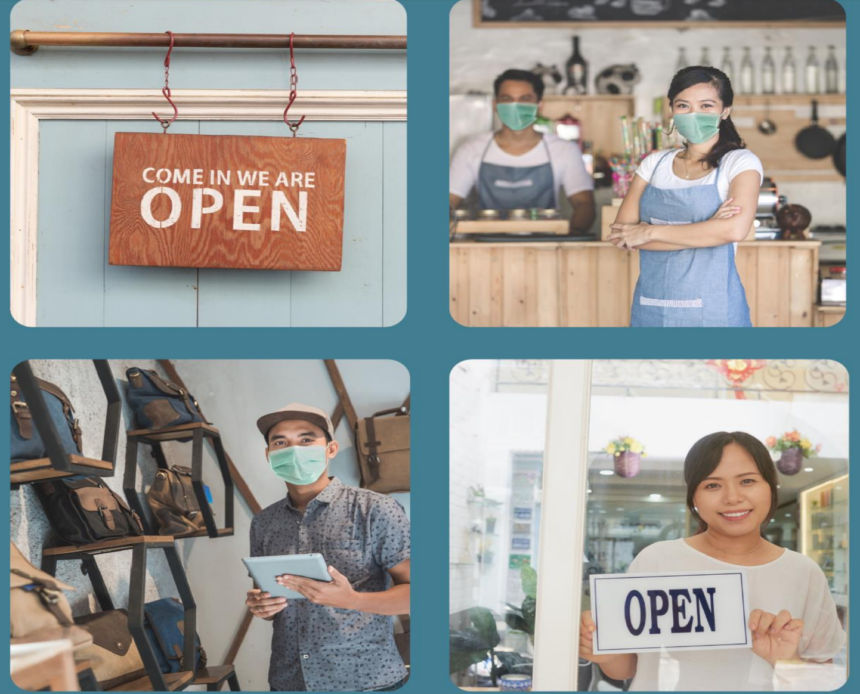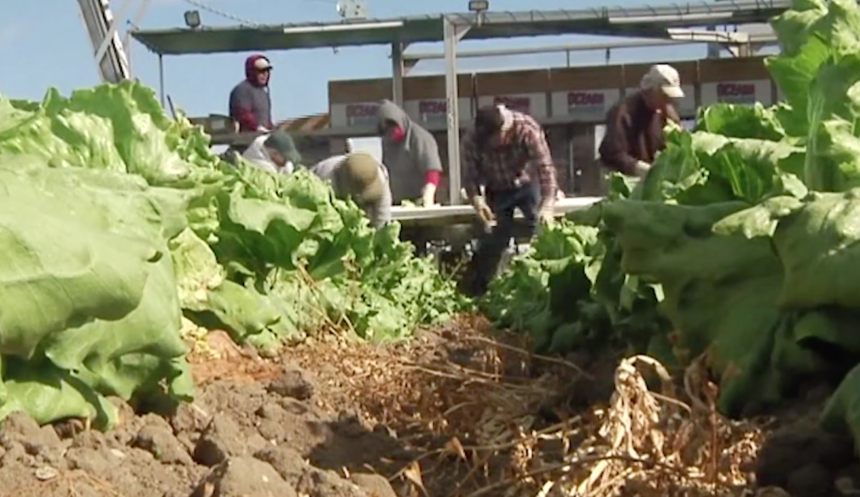Openings monitored closely as COVID-19 rules are relaxed in Santa Barbara County



SANTA BARBARA, Calif. - The urgency to revitalize the economy after the gut punch from the coronavirus crisis comes with an enthusiastic surge in businesses reopening since late May.
The Santa Barbara County Board of Supervisors have also been tracking the daily number of COVID-19 cases including where they are based and what efforts are in place to control hot spots.
To reopen, in line with the County Health Department guidelines, businesses are required to do the following:
- Review State and local guidance
- Complete a COVID-19 Prevention Plan
- Self-certify that they can open safely
Assistant County Executive Nancy Anderson says the reopening process has been used by many businesses. "As of Friday, 2,645 businesses have submitted countywide," she said.
2,240 were in cities and 225 are in the unincorporated areas. The top industry sectors break down show:
- 762 Dine-In Restaurants
- 512 Retail Stores
- 326 Office Workspaces
- 209 Hair Salons and Barbershops
In recent weeks, wine tasting rooms have opened, first by providing food with the wine as part of the requirement under Stage 2 rules. With the recent rules changes and public health order, wine tasting rooms are open without food requirements. County rules are being adjusted, however, to allow the tasting facilities to stay open if there is a decision to go back to Stage 2 rules if a large surge in cases takes place.
The County is also allowing businesses that did not previously have permission to modify their spaces into public areas or parking lots to begin working on those plans without delays to create the social distancing rules they need. That could improve business operations in areas including Isla Vista, Santa Ynez, Summerland, Montecito and Old Town Orcutt.
In some cases, an agreement will have to be worked out on private property with, for example, shopping center owners.
An analysis of the cases by County Public Health Senior Epidemiologist Joy Kane said 68 percent of the coronavirus population are Latino or Hispanic. She also said the length of hospital stays was higher in the Latino population.
The report says highly impacted communities need more testing.
Public Health Director Van Do-Reynoso said the "burden of disease is all over Santa Maria." She also noted within Santa Maria there were more specific pinpointing of the cases, and they were found north of Broadway and west of Betteravia Road.
"From the get go when we saw the high number of cases in Santa Maria and also with the higher hospitalization numbers we were worried," said Do-Reynoso. "As of June 11, nearly 26 percent of the cases that we had identified themselves as farmworkers."
She also said information about the coronavirus was provided to the community in several languages.
A break down of the annual income range showed those making $25,000 to $50,000 a year were in the highest category of people with COVID-19.
Do-Reynoso said the data shows the Hispanic population had virus rates that are disproportionately higher than other sectors of the population.
Supervisor Das Williams says there are different theories about the spike in coronavirus cases in the North County including a higher number of people living together, less face covering use, more are workers traveling in crowded environments (carpooling) and people with other health problems.
Williams said, "Because we don't completely know whether people are getting it more at home, at work or on the way to work, there is some level of uncertainty."
Questions were also asked about people who have been hospitalized, and what their pre-existing conditions have been. Supervisor Steve Lavagnino requested more specific data. It will be presented at a future board meeting.
A survey of the population showed most people found out about COVID-19 through television news.
27 percent said they were somewhat knowledgeable about the virus, 92 percent knew the importance of hand washing, 70 percent understood the importance of social distancing.
In the workplace, 21 percent said they were not able to practice social distancing.
"Whether they are able to do that is the big problem," said Lavagnino. He also said it would be hard to find someone that did not know about the virus or what to do to prevent it.
Do-Reynoso said there will be an outreach with the Santa Maria City Council, employers and community leaders on what efforts should be improved to bring down the spike in numbers.
Supervisor Gregg Hart says he hopes that will create new answers to this new concern and "hopes things turn around soon."
In recent days there has been an increase in hospitalization cases. Do-Reynoso says she is in talks with the state about the issue and will be investigating with hospitals, including one she did not name, to find out where the cases came from. Specifically, if they were local residents.
Access to testing sites is also being reviewed. During public comment, Anna Marie Gott said the testing site at the Earl Warren Showgrounds is not convenient for some residents in part due to the lack of a close-by MTD bus stop. She suggested sites be added in the heavily populated hispanic neighborhoods.
Williams says wearing masks and keeping a social distance remains very important, saying it will save lives and "people's jobs and livelihood depend on that responsibility."
It was also a reminder, "That we are not done with COVID-19 and the virus remains a threat to not only public health but our economic recovery."
In a morning presentation, the County also announced an increase in deaths after the weekend.
Watch tonight for more information on KEYT NewsChannel 3, KCOY NewsChannel 12 and KKFX Fox 11 news.
